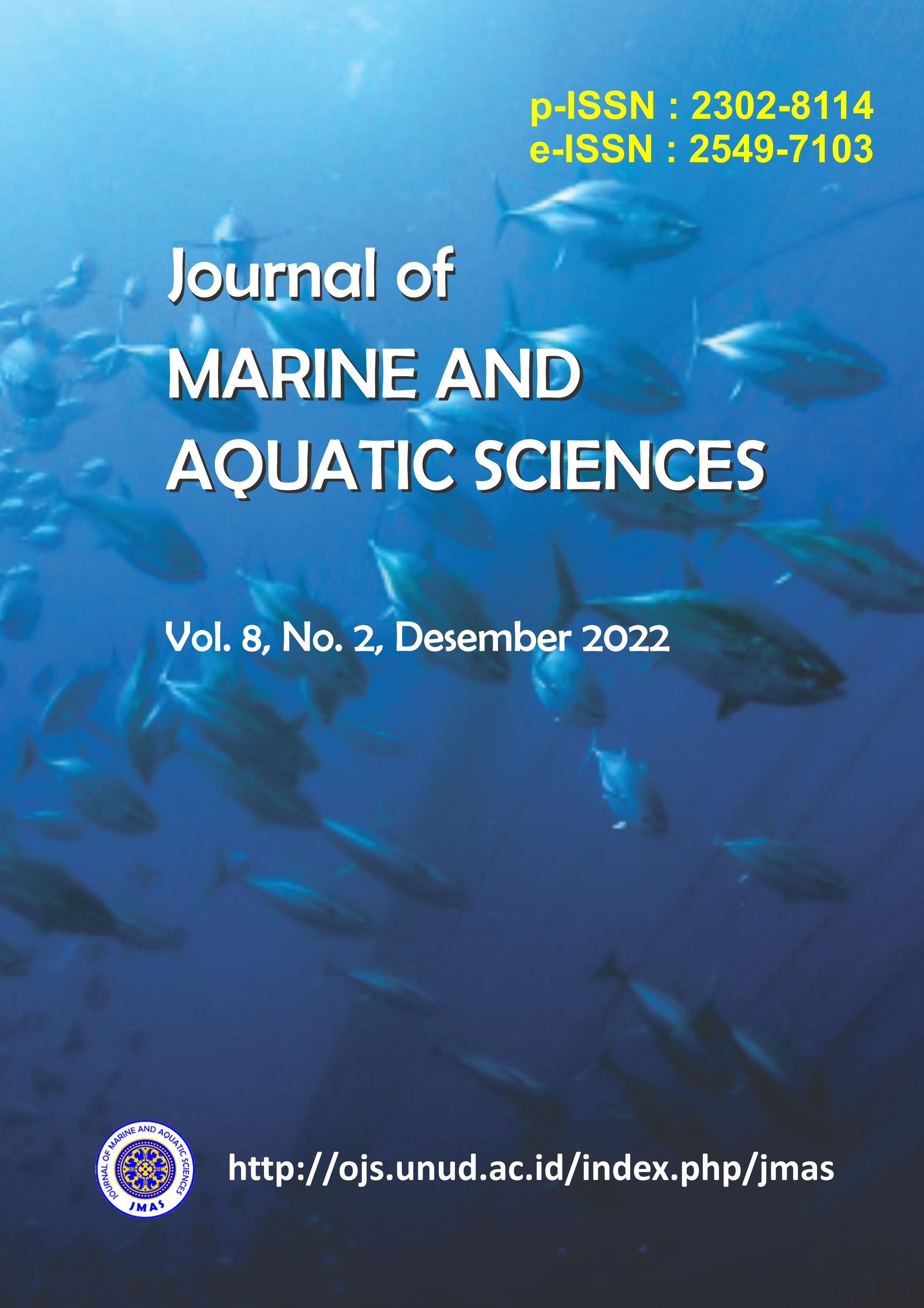Pemetaan Distribusi Lamun di Selat Ceningan Menggunakan Drone Komersial
Abstract
Remote sensing is growing with the drone which can overcome problems and weaknesses on satellite imagery. This research uses mapping techniques on seagrass to the species level using drones that use the high resolution to generate data. The purpose of this study was to determine the distribution species of seagrass in Ceningan Strait using drone. Data is collected at the date of 12 and 13 march 2020 by using 50 cm x 50 cm transect which is done by systematic random sampling, and images capture using drones phantom 3 standard by performing five flights, and the results will be combined into one form of a mosaic. The method used is the classification of GEOBIA (Geographic Object Based Image Analysis) which is validated with field data. From the results of the research conducted, three species were identified using drones, namely seagrass with the species Thalasia hemprichi, Cymodocea rotundata, and Syringodium isoetifolium. The results of the drone image classification showed that the variation in the area of cover of each species with the highest incidence was seagrass with Cymodocea rotundata (2.46 ha), followed by Thalasia hemprichi (1.02 ha), and Syringodium isoetifolium (0.26 ha). The results of the image classification show a fairly good level of accuracy with an accuracy value of 68% and the kappa coefficient with a value of 0.55. From the results obtained, it was concluded that the mapping of seagrass species using drones was categorized as quite good.
Downloads

This work is licensed under a Creative Commons Attribution 3.0 International License.
Copyright 2012 - 2023 Journal of Marine and Aquatic Sciences (JMAS)
Published by Fakultas Kelautan dan Perikanan Universitas Udayana, Denpasar, Bali, Indonesia
JMAS (p-ISSN 2302-8114; e-ISSN 2549-7103)


